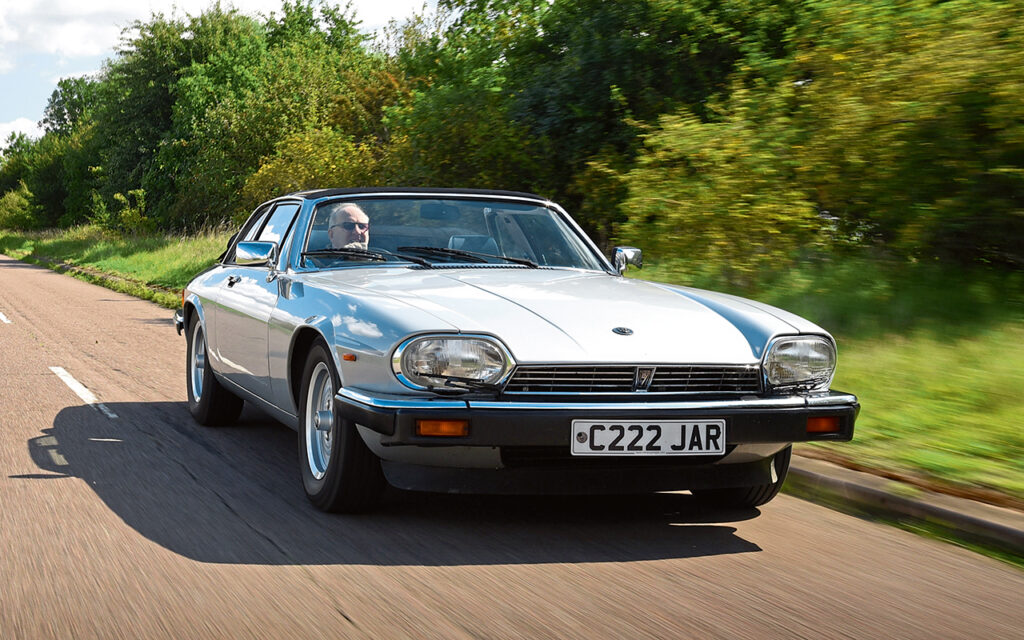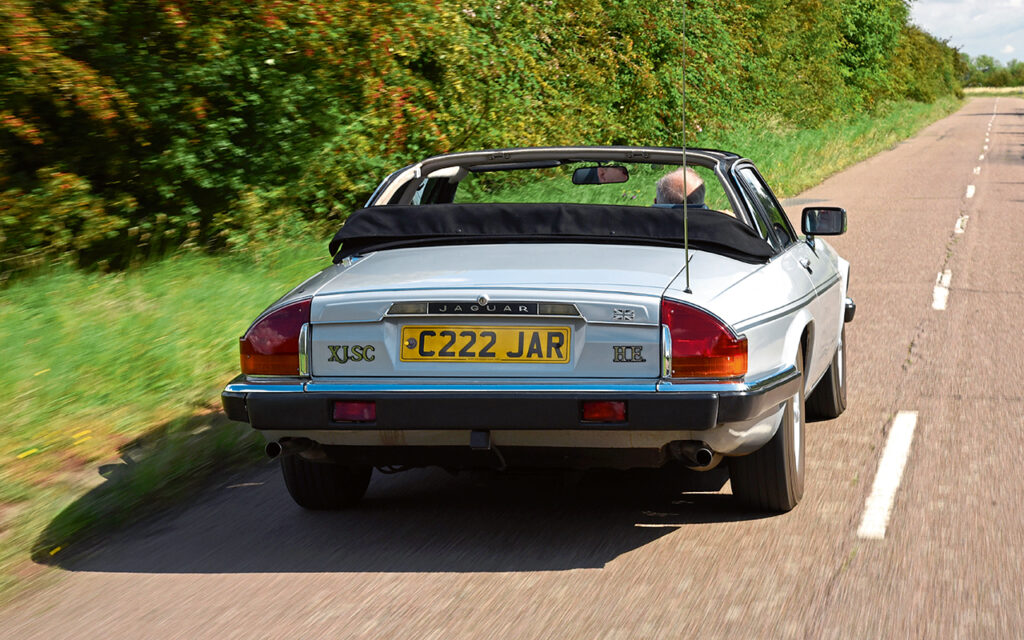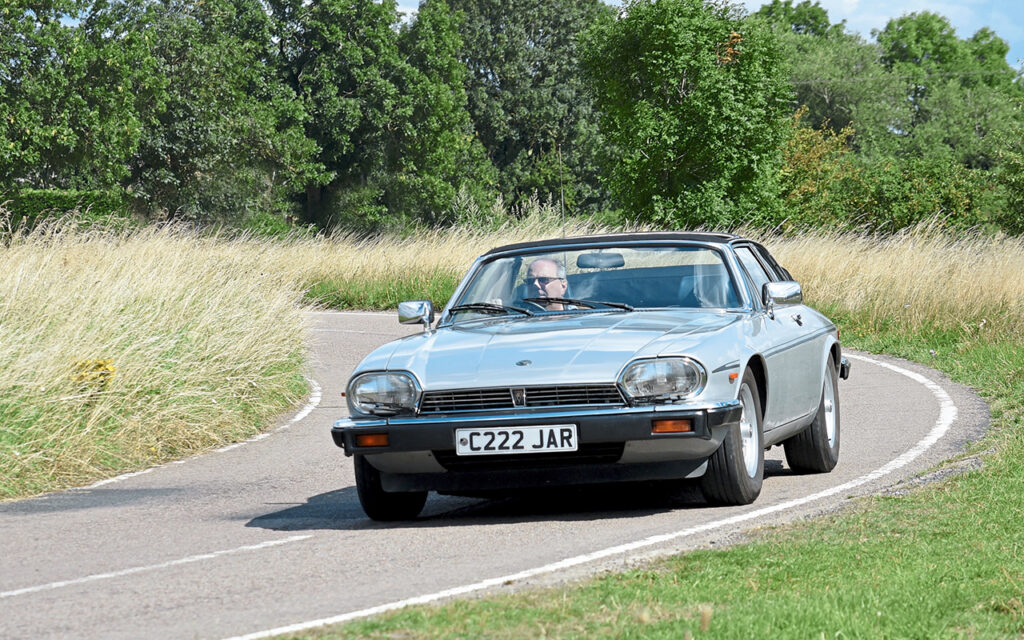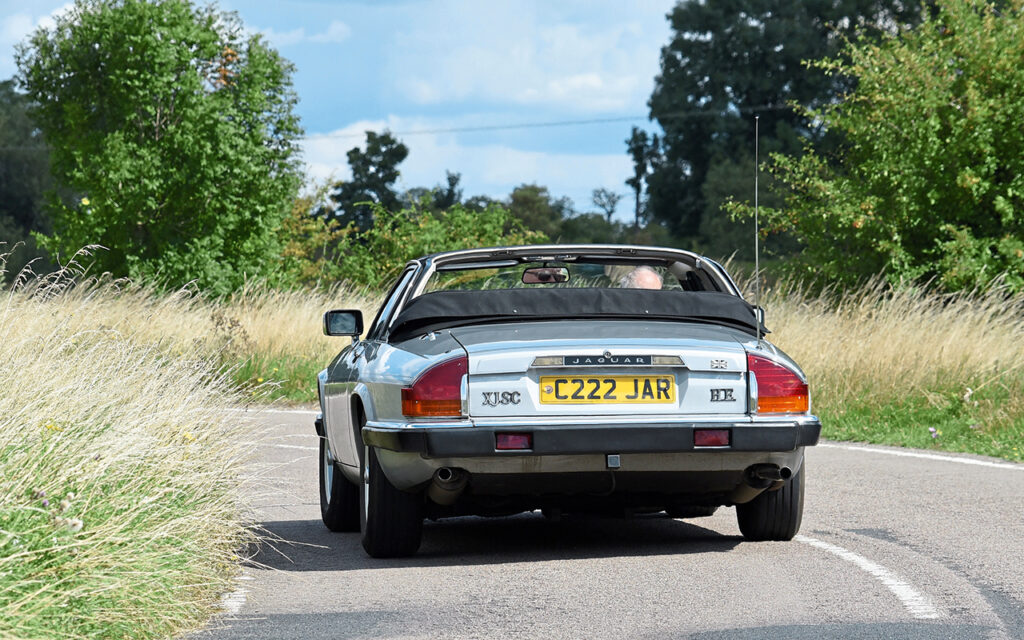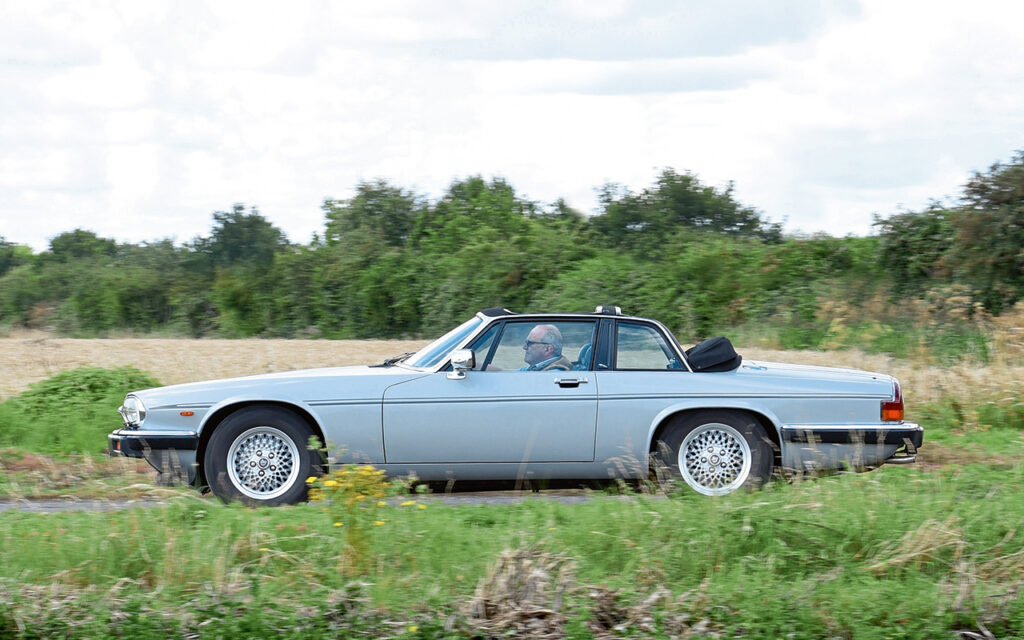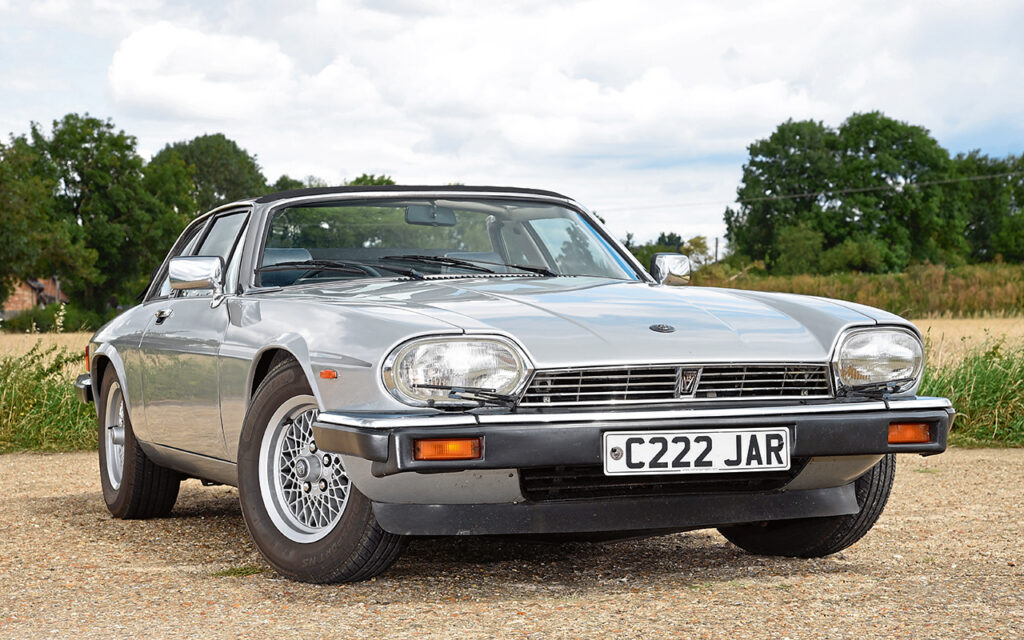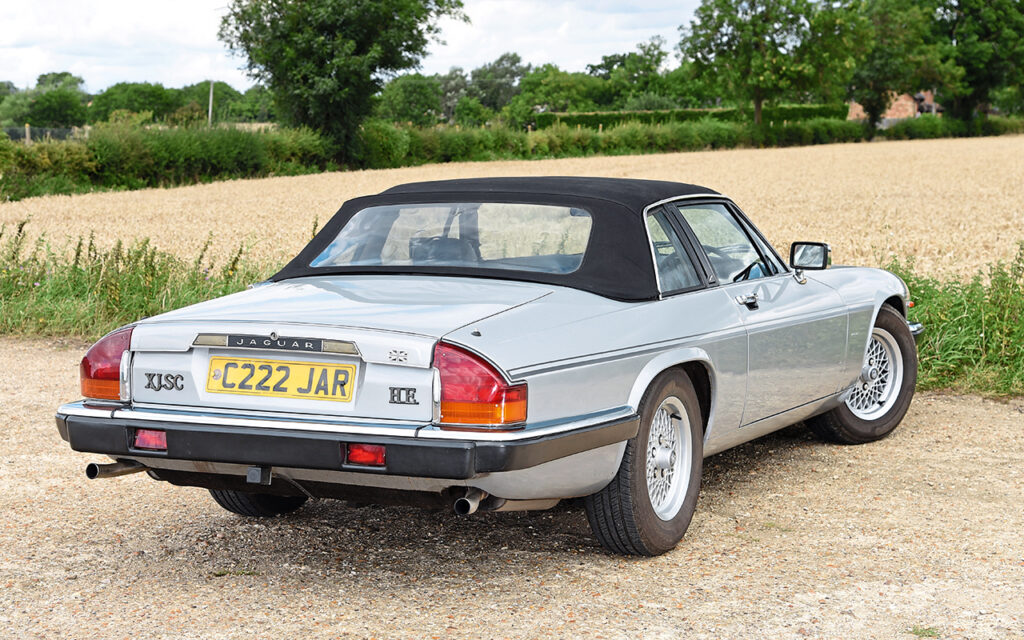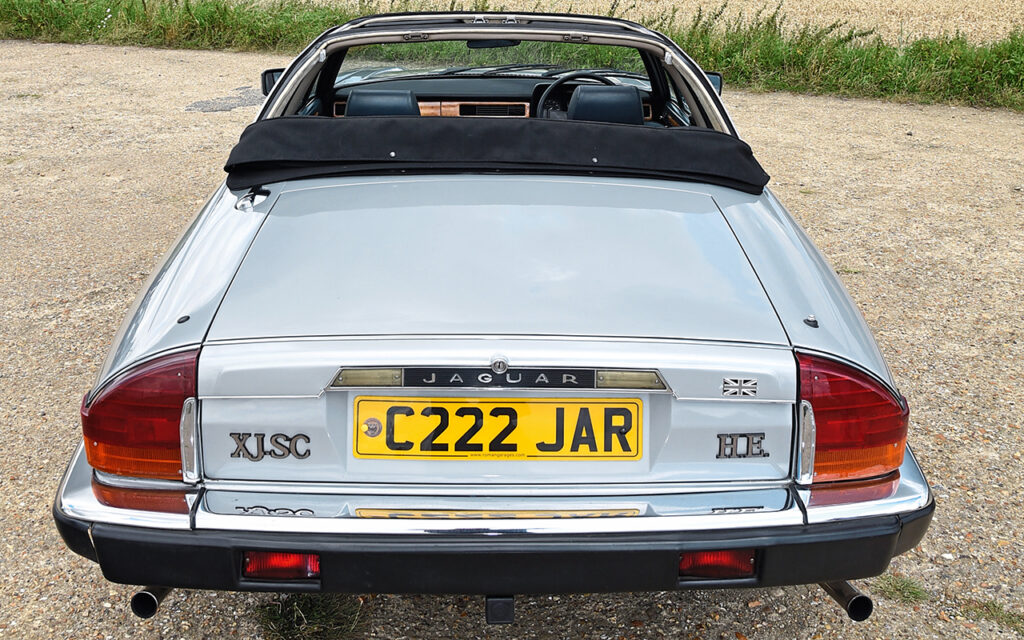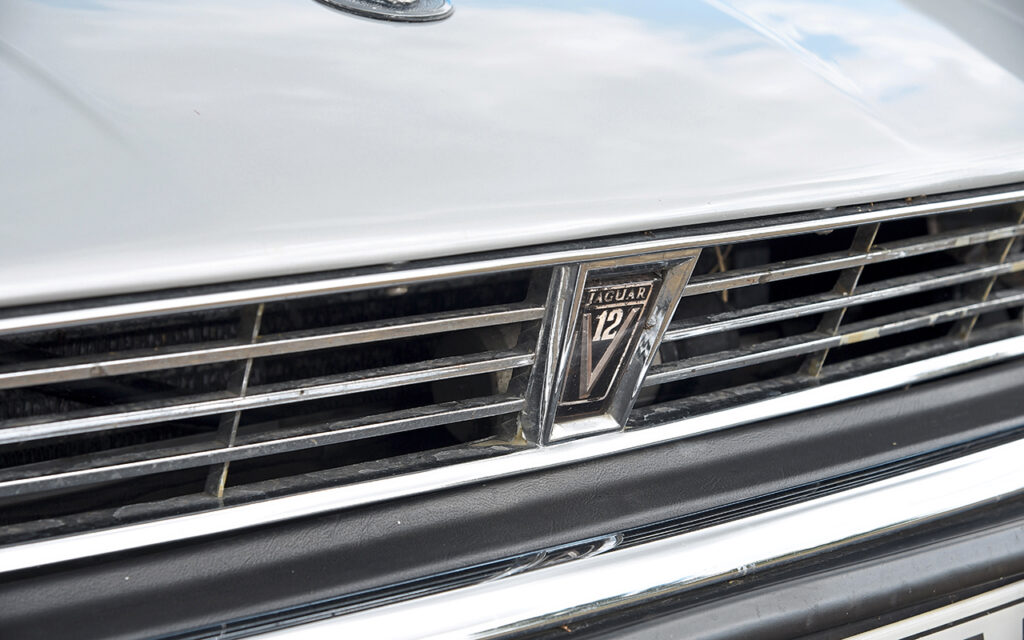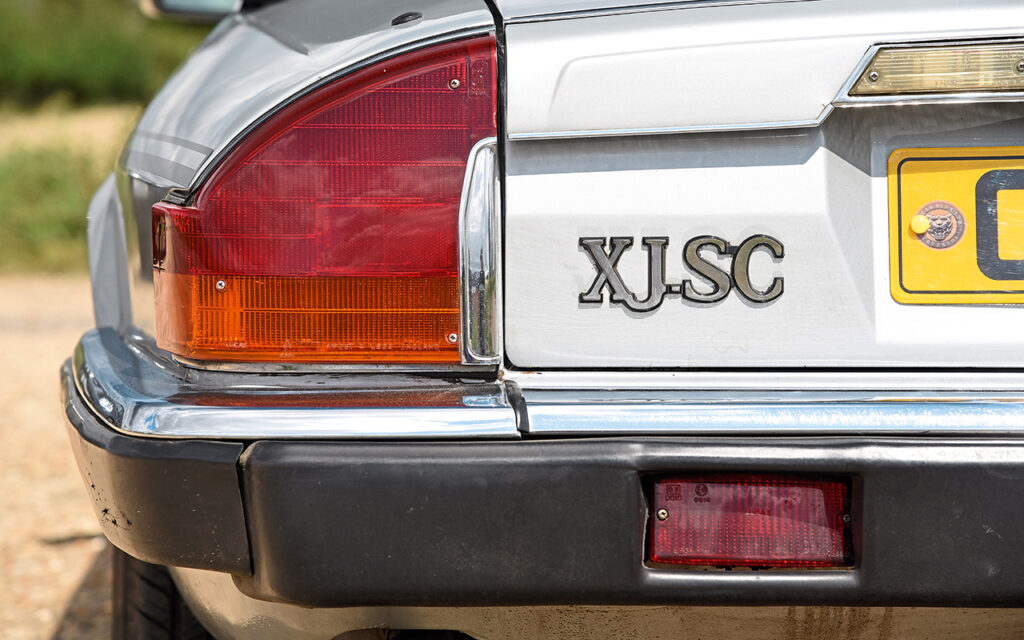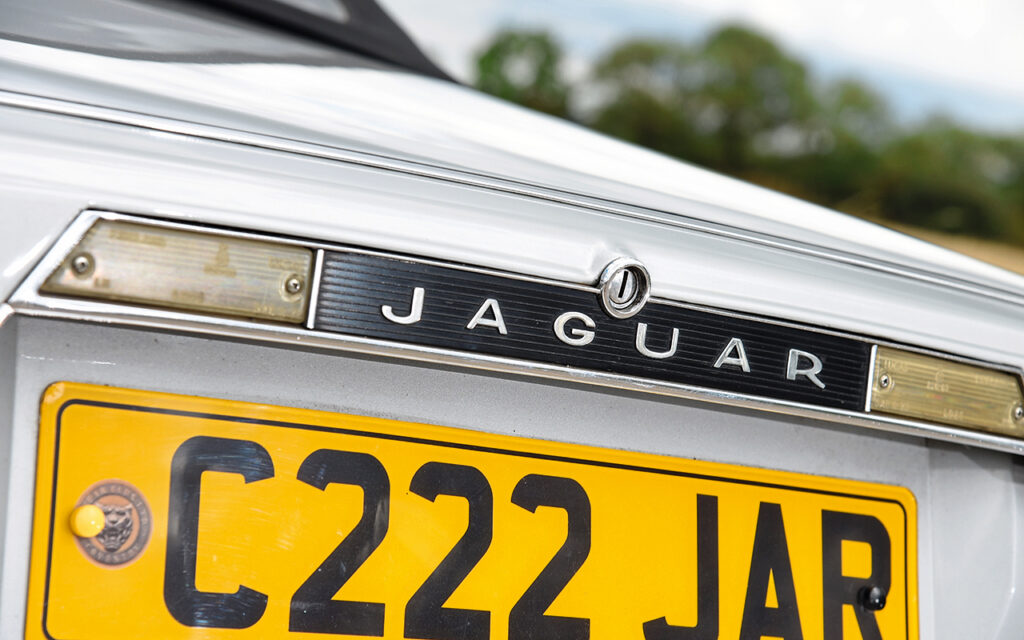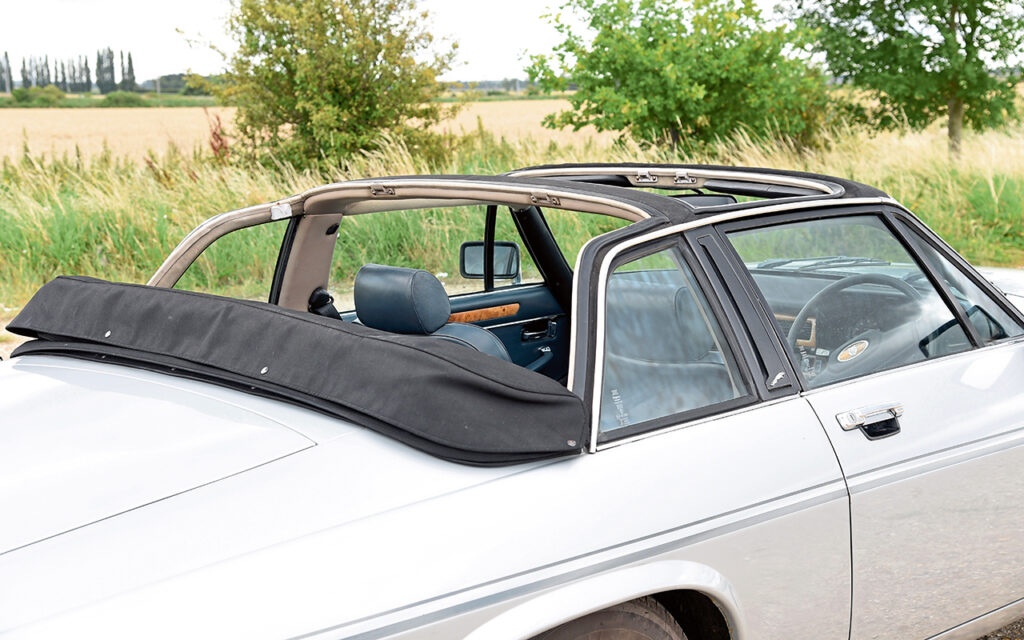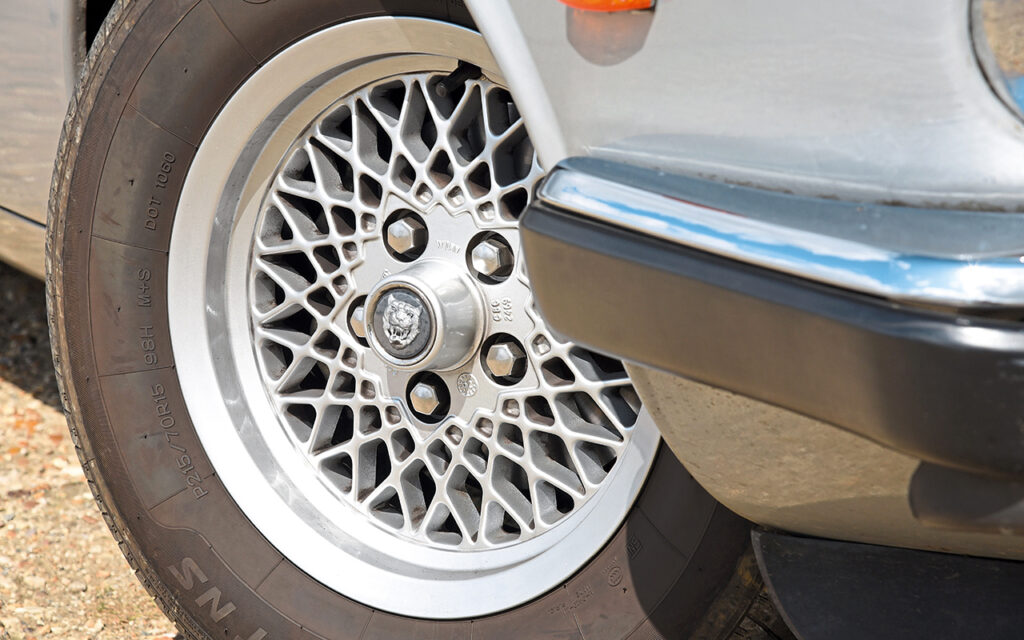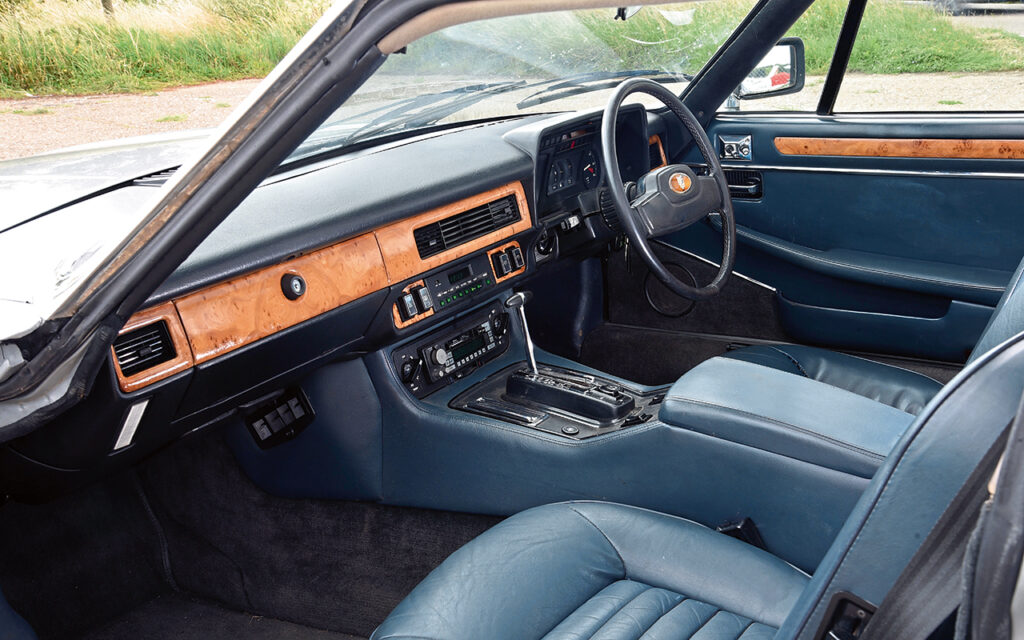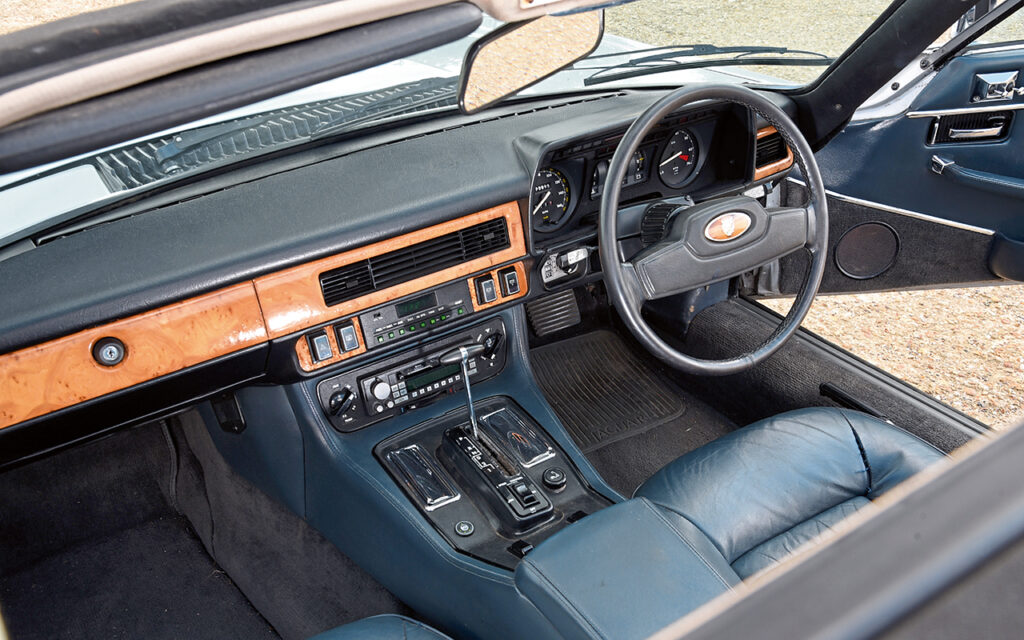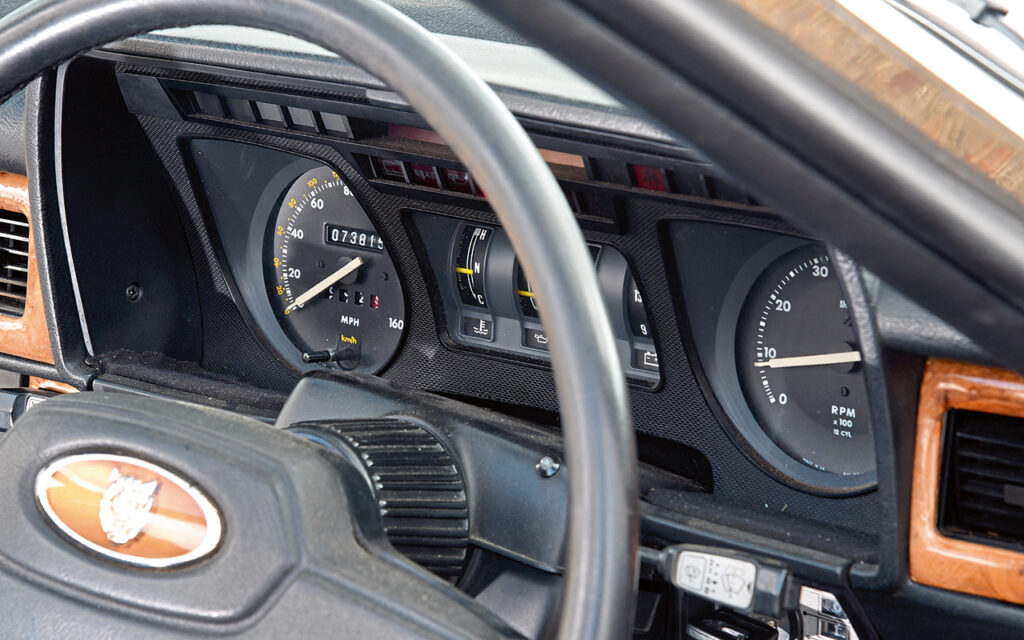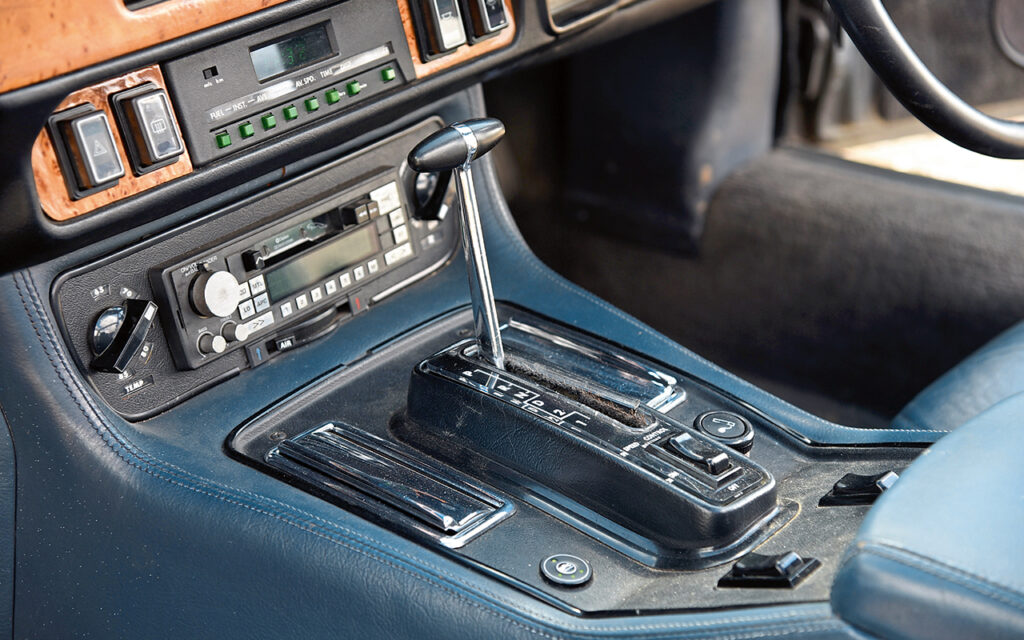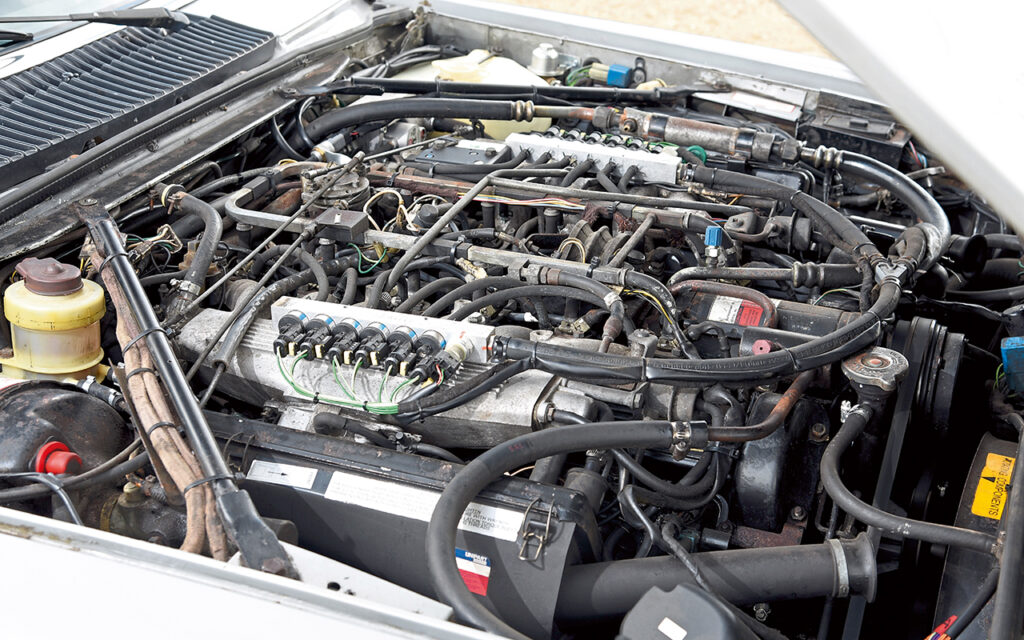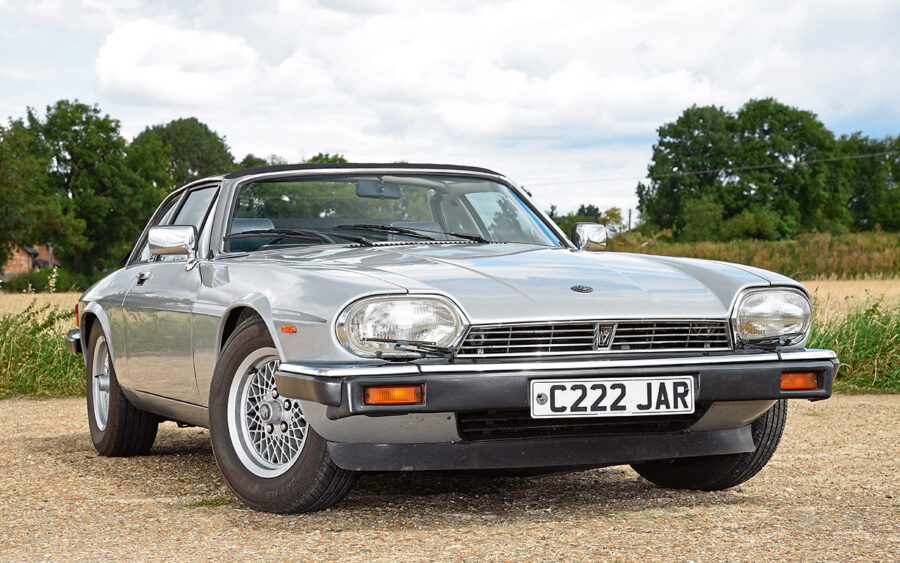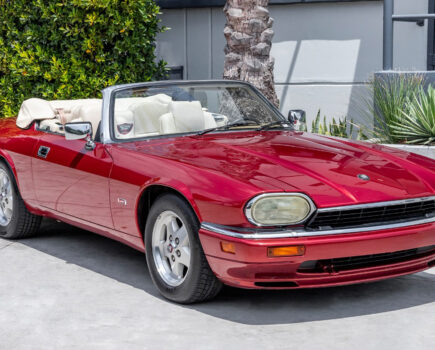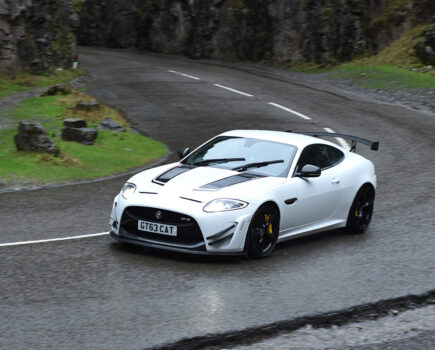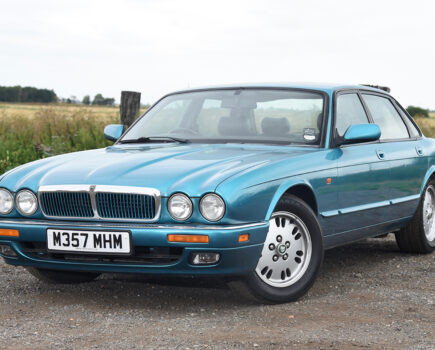Despite being a surprising alternative to some modern, faster models, the Jaguar XJ-S Cabriolet V12 is no less exciting
Words: Paul Walton
What might you do if you don’t want to spend your £25,000 on a modern Jaguar convertible, like the XKR or F-Type, and instead desire a classic model? While £25k is clearly not enough for an E-type or classic XK model (well not one with four wheels and an engine, at least), the only real alternative is the XJ-S Cabriolet V12. Not only is it fast, good-looking and good to drive, it’s also refined, stylish and comfortable – impressive for a model that was more of an afterthought than turning the gas off after your house has exploded.
Development of the XJ-S started in the late 60s, a time when the American Government was considering new (but ultimately unrealised) legislation that would have outlawed convertibles, so when the car finally went on sale in 1975 it was only in coupe form. And that was just fine with Jaguar. The company was trying to move away from the cold and leaky cars of the past and a convertible didn’t match the luxurious image of its new grand tourer. Unfortunately, nobody told Jaguar’s customers.
Buyers were initially disappointed in the car for several reasons, which led to just 3,082 examples selling in 1976, slipping to a mere 1,057 by 1980. The lack of a convertible wasn’t the only issue (the poor economy of the V12, the lack of luxury in the car’s post-modernist black vinyl interior, its high price and the bold, controversial styling played their part) but its demise certainly had an impact, especially in the States, which had always been the company’s biggest market. Autocar branded the absence of convertible a “sad error” in its 13 September 1975 issue, while in its January 1977 edition, Thoroughbred & Classic Cars thought the XJ-S’ dimensions, price and styling did not, “Pluck irresistibly at the customers’ heartstrings as the XK and E-type before it.”
When former Massey Ferguson director (Sir) John Egan took over as Jaguar’s chairman in early 1980, he soon realised what the XJ-S needed if it were to survive: the glamour of a convertible. “The XJ-S was virtually finished when I got there, and at one stage we’d even stopped producing them,” he told us for the July 2012 issue of Jaguar World. “Then, we thought to revitalise the car some kind of convertible was the way to go.” At the same time, work had also begun on the new AJ6 straight-six that was destined for the XJ40. “What we needed to do was clear,” Egan continued, “to build some kind of XJ-S convertible powered by the AJ6.”
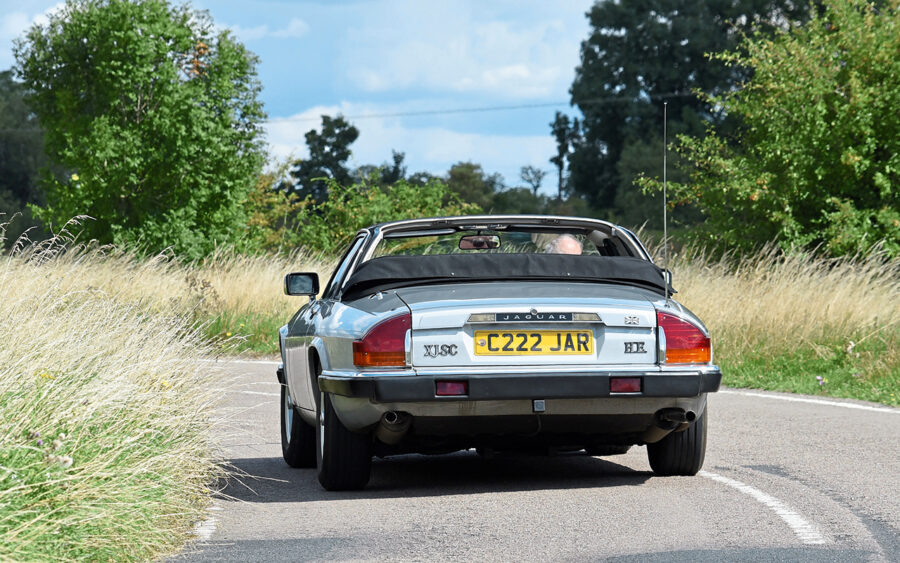
Jaguar wasn’t the first to produce an open XJ-S – the British coachbuilder Lynx Engineering had developed one not long after the car went on sale. Although marginally successful for a hand-built special, with 180 produced, it showed the complexities of building a convertible that had the same rigidity as the coupe. Jaguar’s annual production was down to 14,000 a year when Egan took over, and the company just didn’t have the resources to develop its own convertible for mass production.
So, Jaguar’s engineering team came up with a clever – but still low-tech – solution: a central brace over the cockpit would retain a similar level of rigidity as the coupe, while reusing its screen and A-pillars would keep development and production costs down. It was a long way from the clean, simple lines of the original E-type open two-seater, but it was all Jaguar could afford. As Egan explained, “There wasn’t a huge amount of tooling costs and there wasn’t a huge amount of engineering.”
It was still complicated to build, though. To ensure Jaguar’s assembly lines weren’t affected – they were busy with the increasingly popular XJ Series 3 – the car was partially put together by two outsourced specialists. Cabriolets started life as standard Castle Bromwich-built XJ-S bodies-in-white, but minus their roofs or rear-header assemblies. The bodies were then transported to Park Sheet Metal, in Coventry, where the buttresses were cut away and replaced with new wing tops. Here, the saddle panel in front of the boot lid was added, as was the brace over the cockpit that incorporated tubular steel strengthening. The underside was further strengthened by a stiffening panel to the transmission tunnel and a rear cross frame was bolted onto the body and suspension cage.
At that stage, the modified shells were returned to Castle Bromwich for final detailing and paint, before going onto Browns Lane, where the drivetrain, electrics and interior were added.
Browns Lane forwarded the cars onto the Aston Martin Tickford works, Bedworth, to fit the roof panels and rear hood before, which returned them to Browns Lane for final body trim. It was a long and convoluted procedure, which meant that the XJ-S Cabriolet was only ever produced to order.
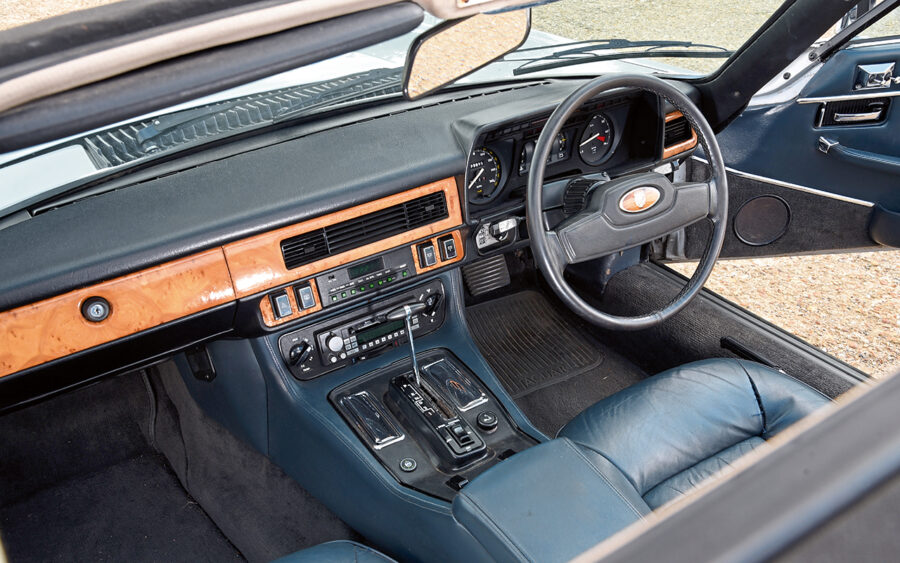
Still, this neat and clever conversion resulted in a handsome car and was a success with the critics. In its July 1984 test, for example, Motor Sport magazine argued that the car was prettier than the coupe and praised the high standard of the conversion.
What was criticised, though, was the new 3.6-litre AJ6 engine. Although 225bhp was powerful enough to turn the Cabriolet into a half-decent sports car and at 25mpg was reasonably economical, it lacked the V12’s famed refinement. The solution was simple: in 1985 made the Cabriolet available with the 5.3-litre, itself rehabilitated thanks to special high-swirl-design cylinder heads that resulted in the High Efficiency (or HE) version that increased the XJ-S’ economy from 12.8mpg to 17.9mpg. While terrible compared to today’s small and efficient engines, it was clearly a figure its owners could live with if they could afford to spend £27,215 on the XJ-S V12 – four grand more than the coupe – and when petrol cost a mere 42p per litre. That 3,925 V12s were produced compared to 2,176 straight-sixes further illustrates the point.
The Cabriolet V12 was only available with the Borg Warner three-speed transmission, rather than the Getrag five-speed manual of the 3.6-litre model, and was physically identical to the straight-six, including the 15in Starfish alloys (the familiar 15in Lattice alloys later became an option). The 5.3-litre model was initially identified by the HE on the boot, later replaced with a V12 badge.
As Jaguar’s first V12 convertible since the demise of the E-type a decade earlier, the press was as supportive of it as it had been of the 3.6. “The XJ-S has always stood for effortless performance, and the Cabriolet 5.3 is further proof of the concept,” announced Autocar in 1985. “On the one hand, the car is docile enough to be driven around without showing signs of discomfort; on the other, it can be used to provide silky smooth acceleration and supercar performance at will. The engine is what sets this car apart from any other on the road – it is superbly refined.”
Yet, despite its importance on Jaguar’s image in the mid-80s, the Cabriolet 5.3-litre has always been overshadowed by the XJ-S Convertible that replaced it in 1988. Although the Convertible was available only as a V12 until 1992 when the 4.0-litre AJ6 was introduced, its electric hood and arguably cleaner lines meant it was less of a compromise than the Cabriolet – its development not so much an afterthought. But, as more enthusiasts come to appreciate the Cabriolet’s looks and abilities, interest in the model – and, therefore, its prices – is growing. It wasn’t that long ago when a Cabriolet V12 could be bought for under ten grand, but you’re now looking at between £20,000 and £25,000 for a good example.
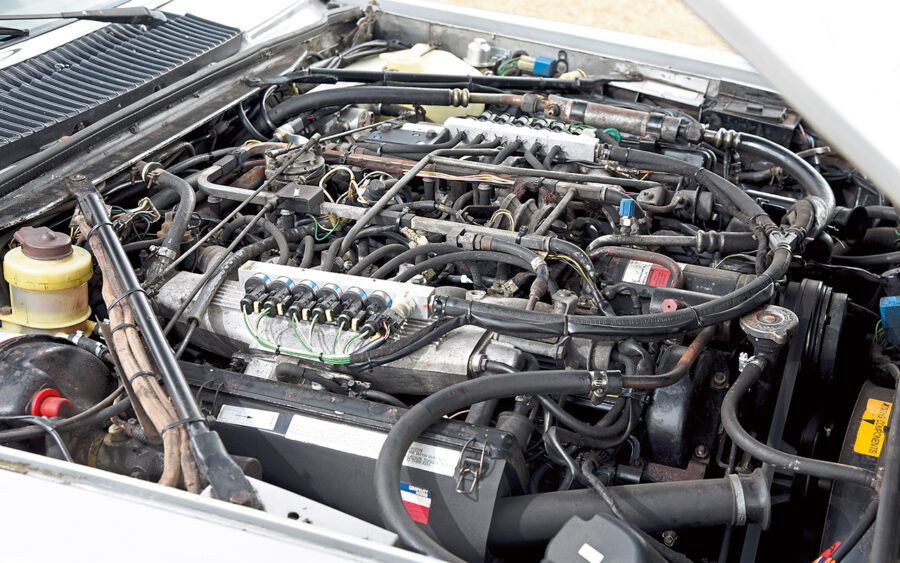
As I admire this gorgeous Rhodium Silver 1986 example that I have the privilege to drive, it’s easy to understand the recent increase in values. The XJ-S’ long bonnet and the smooth line of the rear wings result in perfect proportions. It’s arguably better than the coupe’s with its buttresses, which still divides opinion, and the height of the folded hood isn’t as obtrusive as later cars’, including the XJ-S Convertible. The only blot on the Cabriolet’s copybook is the time it takes to transform it into a convertible – it is not a car you want to become caught in a sudden downpour as the targa panels are both large and unwieldy, and the rear roof section awkward and fiddly. On a positive note, either one of the panels can be removed and the rear roof section folded up or down, giving a grand total of six roof configurations.
This car’s interior is classic Jaguar, with lots of wood and leather – the addition of which in the early Eighties was another reason why the XJ-S grew in popularity. It’s a warm, comforting and cosseting interior, much more so than the modern convertibles you’ve just read about, with their heavy use of unforgiving black plastic.
The Cabriolet was only available as a two-seater, there not being enough money to further modify the shell, and the space in the back is usually taken up with a pair of useful storage lockers. However, this particular example has two tiny seats instead, an aftermarket option offered by many specialists at the time – including TWR. They’re about as useless as the rear seats in my X100 XK8, though; I’d have stayed with the extra storage.
The big engine slowly churns into life as I turn the ignition key, before settling down to the V12’s familiar quiet thrum. When I pull the thin gear selector down into drive and squeeze the throttle, it responds surprisingly quickly for a car weighing 1,784kg and housing a three-speed gearbox that’s as sluggish as a sloth with a hangover, and acceleration is swift and instant. Due to the V12’s famed refinement, speed is achieved without the noise and theatrics of the XKR 5.0 – it’s as smooth as warm honey dripping off a spoon.
The paltry fuel figures worry me how much that burst of acceleration has just cost its owner Roger, but he tells me not to worry. He has made the car more economical by converting the V12 to run on LPG, the only visible signs being an inconspicuous filling point under the rear bumper and extra pipes crawling over the engine like a cobweb. Happy that I won’t bankrupt him (yet), I bury the pedal for another Titanic surge of power.
Unlike early Convertibles that suffered from scuttle shake (eventually resolved in 1992 with the addition of underbody bracing), the Cabriolet feels almost as taut as the coupe thanks to that stiffened hoop over the cabin, and neither corners nor imperfections in the road can unsettle it. Its size, weight and ponderous body roll means the Cabriolet V12 clearly isn’t in the same league as a sports car such as the F-Type S, or even XKR, but with accurate steering corners can be taken quickly.
But this kind of driving defeats the object of the Cabriolet. With the oh-so-supple suspension turning even the most pockmarked roads into a table top and the framed windows reducing turbulence in the cabin, it’s a car for cruising.
An older Jaguar might not be to everyone’s tastes, but for a highly capable convertible with arguably more style than a modern model, then the XJ-S Cabriolet V12 isn’t the surprising alternative. It’s the only one.
